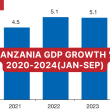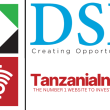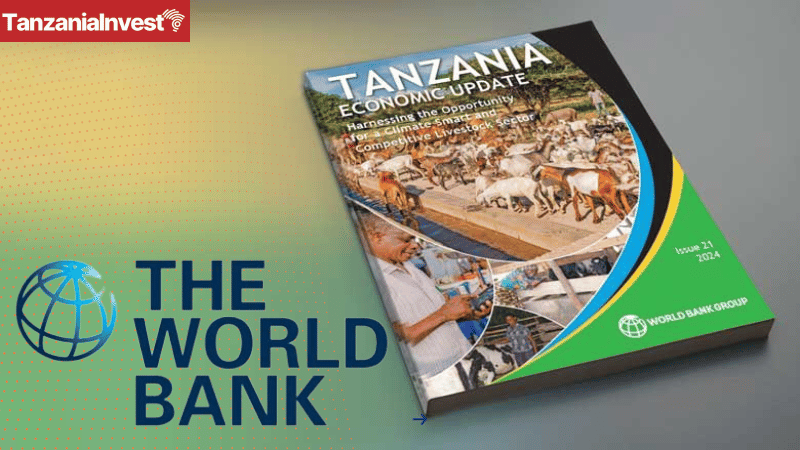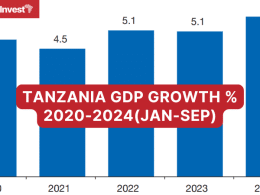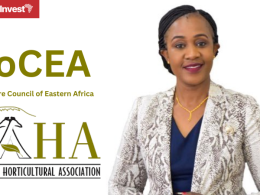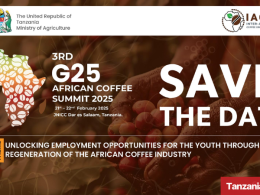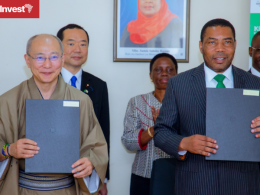A new report published by the World Bank (WB) explains that Tanzania can significantly boost its livestock sector’s economic contribution with a bold and comprehensive plan that emphasizes climate-smart strategies and innovations.
The report titled “Harnessing the Opportunity for a Climate-Smart and Competitive Livestock Sector in Tanzania” is issue 21 of the WB’s Tanzania Economic Update (TEU) series.
TEU is a biannual report describing the recent evolution of Tanzania’s economy, and each edition highlights a subject of critical interest to policymakers.
The new report shows that while the country boasts a large livestock population, climate-related risks and insufficient investments from the public and private sectors have hindered the growth of Tanzania’s livestock sector and its international competitiveness.
This is why the WB recommends backing such a robust plan with at least $546 million in public investments over the next five years. This annual investment of approximately $109 million represents a fivefold increase over previous budgets and a 50% increase from Tanzania’s 2023/24 budget.
Nathan Belete, World Country Director for Tanzania, stressed that “The demand for livestock products has risen over the years as a result of urbanization, income growth, and changing lifestyles and diets. This has led to increased consumption which presents an important opportunity and risks for the sector. There is a real opportunity to capitalize on the growing internal market while simultaneously exploring avenues for export expansion for sectoral growth and international competitiveness in a sustainable and climate-smart manner.”
Tanzania has one of the fastest-growing livestock populations in Africa and the world. It is estimated that the country currently possesses 36.6 million heads of cattle, making it the second-largest cattle population in Africa after Ethiopia.
This represents 1.4% of the global cattle population and 11% of the African total. Tanzania also has a substantial population of sheep, goats, chickens, and pigs, ranking it among the top ten on the continent in terms of overall livestock size.
The sector provides income-generating opportunities throughout the value chain, employing 33% of the population, or 4.6 million households.
Despite this, the country’s exports remain below their potential, highlighting challenges in fully capitalizing on the sector’s economic potential to generate jobs and contribute to poverty reduction.
According to the WB report, Tanzania’s pasture-based livestock sector faces serious challenges due to climate change, including erratic rainfall and higher temperatures. Endemic livestock diseases further constrain the sector, impacting animal health, productivity, and market access.
Structural and institutional challenges that intersect with climate risks hamper productivity and competitiveness, while the disproportionately low public funding for the sector hinders investment in essential research, extension services, and infrastructure.
Furthermore, the livestock sector, both globally and in Tanzania, is a major source of greenhouse gas emissions, particularly methane, which greatly contributes to climate change. Despite this impact, funding for methane reduction efforts is minimal, and the sector’s emissions present challenges to achieving climate change mitigation goals while ensuring food security.
Ernest Ruzindaza, World Bank Senior Agricultural Economist, and co-author of the report, explained that “Despite the various challenges, the sector has strong growth potential and plays an important role for Tanzanian livelihoods. The country’s strategic location with sea access and borders with seven countries makes it well suited to meet regional and global demand for livestock products. Its diverse indigenous livestock breeds cater to various consumer preferences domestically and internationally and support the export of livestock genetics and biotechnology products.”
The report’s authors advocate for additional public investment, incorporating climate-smart interventions to reduce methane emissions by 13% and increase protein production by 29% over six years. The authors also recommend pursuing a series of policies and investments targeting productivity, trade and value addition, climate adaptation and mitigation, as well as sector governance with these resources.
For further details on the World Bank’s findings and recommendations for Tanzania’s livestock sector, please access the full report here.



